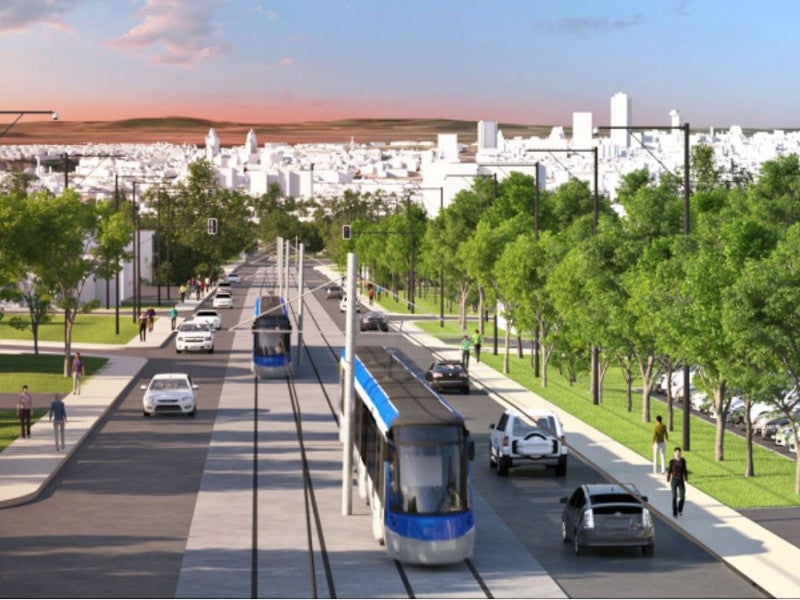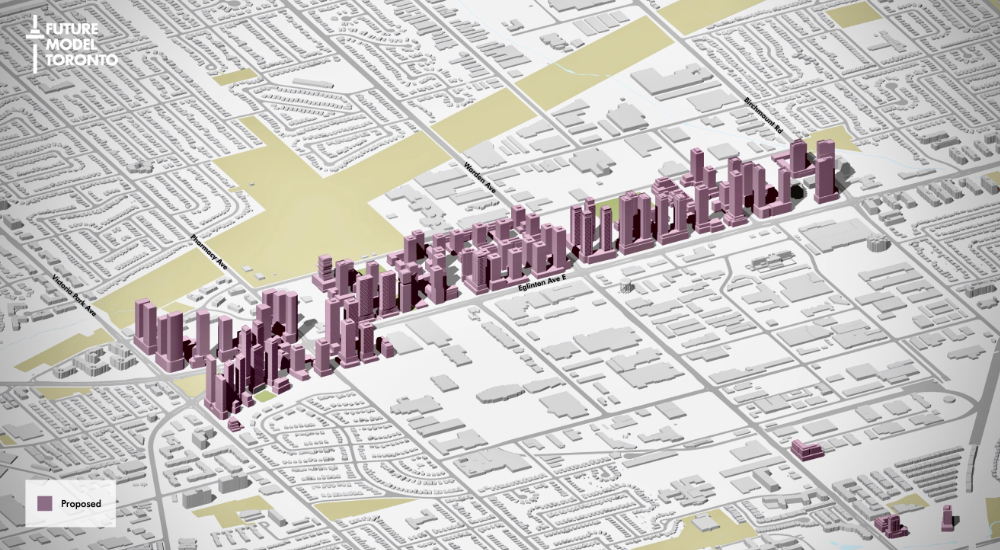I believe the photos largely speak for themselves in this instance.
The T3, runs through a beautiful neighbourhood, that if it existed within Toronto would be one of the most urbanized and dense areas in the whole city.
View attachment 502475
It connects various other heavy rail and metro routes (Marked in blue) which primarily are used for cross city trips, and the tram is able to run reliably (due to signal priority) as a great last mile connector.
View attachment 502476
Now lets look at Finch. A gross, suburban arterial that has little fronting directly onto it. The roadway is very wide and serves as a regional connector across the north end of the city.
View attachment 502478
As i'm sure I don't have to remind anyone here, the Finch LRT will run through a rapid transit dessert and have only a single metro connection at its eastern terminus. This line will be used as apart of commuters crosstown trips, not simply the last mile connection of faster RER or Metro.
View attachment 502479
The cost to benefit ratio on suburban arterials whose transit ridership is driven heavily by cross city commuters will always benefit elevated metro over at grade trams. I no way do I think lrts don't have a place, however they work best in urban settings over smaller distances. I personally would love to see a Mount Pleasant LRT, Ossington LRT and a Parliament LRT as these are urban streets that would benefit from higher capacity transit in order to improve the streetscape and ride quality.
In terms of low ridership concerns, Toronto is the fastest growing city in the western hemisphere and anywhere we legalize high density, it will be built. This has already been seen on Eglinton East, and Finch has been getting quite a few tower proposals. The solution is not to build worse transit, but to allow more people to live near good transit.







